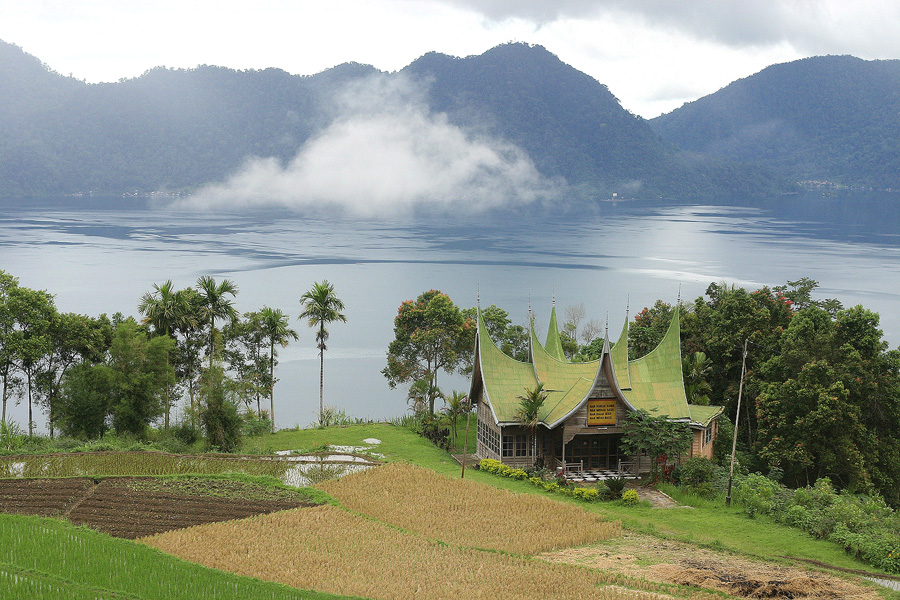New Zealand sets the pace for geothermal in Indonesia
Geothermal New Zealand and Pertamina Geothermal Energy sign joint study agreement for work on a geothermal power plant project in South Sumatra.
The signing of a Memorandum of Understanding, which took place during Prime Minister John Key’s visit to Jakarta in April this year, has begun to actualize for Geothermal New Zealand. The MOU with state owned Pertamina Geothermal Energy (PGE) presents a range of collaborative agreements, and on the 7th of December the Pertamina Learning Centre in Jakarta launched the Pertamina Corporate University.
Guest contribution by Jamie Joseph
One of the university’s significant courses will be a Geothermal Master’s Degree program for Pertamina’s employees run by Indonesia’s Bandung Institute of Technology (ITB) and Auckland University. The first program to run will initiate 21 employees from PGE.
On the 14th of December senior PGE representatives visited New Zealand and Slamet Riadhy, President Director of PGE, signed a Joint Study Agreement with Geothermal New Zealand under which a number of its member companies will now begin work on a potential US$120m power plant project in south Sumatra. Says Dr Mike Allen, Executive Director of Geothermal New Zealand, “We have world leading geothermal capabilities in New Zealand. The reinforcement of the educational links with Indonesia and the prospect of a major construction project demonstrate the benefits of the Geothermal New Zealand collaboration.”
Tim Anderson, New Zealand’s Trade Commissioner to Indonesia adds, “The agreements represent the growing relationship between the two countries in geothermal business, and reflect the regard in which Indonesian energy experts are looking to New Zealand for training and best practice.”
New Zealand is a pioneer of geothermal energy advancement with a history going back more than 50 years. The earliest installation at Wairakei in 1958 was the first project in the world to exploit a wet geothermal resource – thus far providing a consistently reliable source of electricity. Today some 25% of New Zealand’s annual electricity production is from geothermal resources.
Whilst Indonesia accounts for 40 percent of the world’s geothermal energy potential, currently less than 5% of Indonesia’s available geothermal resources are being tapped. A key driving force for change is that Indonesia’s oil production has fallen by 600,000 barrels per day since 1996, and it will take 11,000MW of geothermal generation to help offset the impact of this loss on Indonesia’s domestic energy supply.
Allen, who was also involved in the early 80s on the management of the construction of Indonesia’s first geothermal plant at Kamojang, concludes, “The crucial issue for Pertamina is building a rapid but realistic strategy to reach its geothermal goals. We have resources in New Zealand that can be readily deployed to help. This alliance with PGE has substantial mutual benefits – we can take a wider range of our geothermal skills overseas and Pertamina can meet more of its ambitious goals for geothermal.”


















